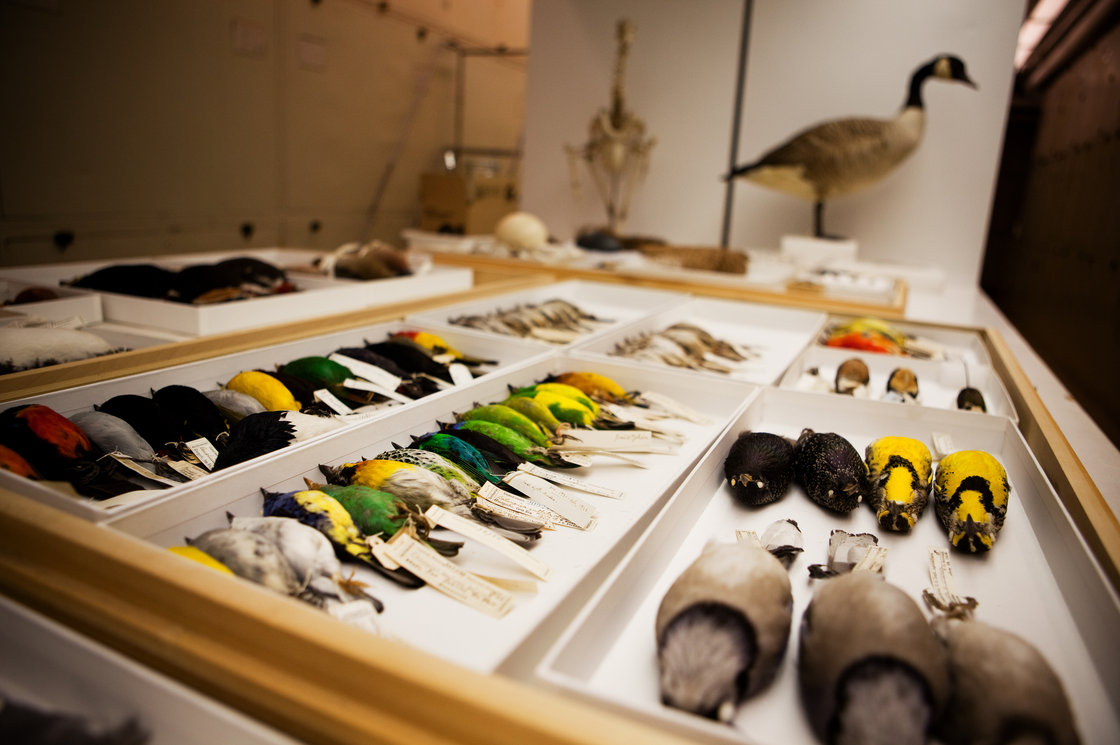"Behind the scenes at the Smithsonian's National Museum of Natural History, there's a vast, warehouse-like room that's filled with metal cabinets painted a drab institutional green. Inside the cabinets are more than a half-million birds — and these birds are not drab. Their colorful feathers make them seem to almost glow."
there's a vast, warehouse-like room that's filled with metal cabinets painted a drab institutional green. Inside the cabinets are more than a half-million birds — and these birds are not drab. Their colorful feathers make them seem to almost glow."
 there's a vast, warehouse-like room that's filled with metal cabinets painted a drab institutional green. Inside the cabinets are more than a half-million birds — and these birds are not drab. Their colorful feathers make them seem to almost glow."
there's a vast, warehouse-like room that's filled with metal cabinets painted a drab institutional green. Inside the cabinets are more than a half-million birds — and these birds are not drab. Their colorful feathers make them seem to almost glow.""'The birds are showing their beautiful plumages; they're laid out like little soldiers in a row,' says Helen James, the curator in charge of the bird division, as she points to some special finds. 'We have some of the most amazing hummingbirds. Here is one with a long, straight bill that's longer than the bird itself. Here is the smallest species of a raptorial bird — a tiny little falcon.'"
"Probably every hour, she says, someone reaches into a cabinet here and pulls out a bird. Maybe a visiting scientist wants to know all the places a species has been collected, to understand its geographic range. Or a paleontologist needs help identifying a fossil to reconstruct the evolution of birds. Sometimes a researcher wants to take a bit from a specimen to do a lab analysis that could reveal what the bird ate, or whether it was sick, or if it was exposed to a toxin."